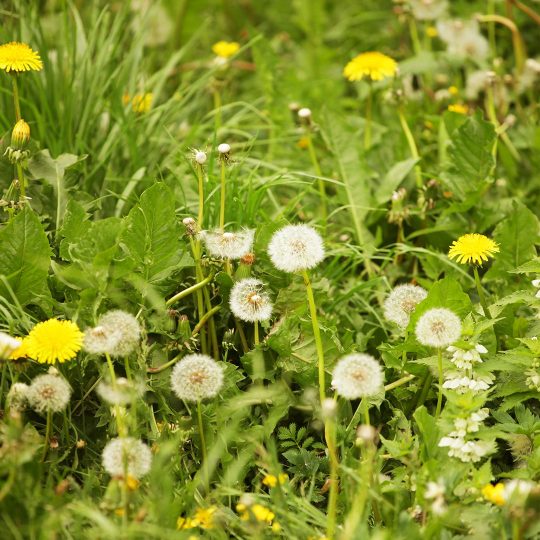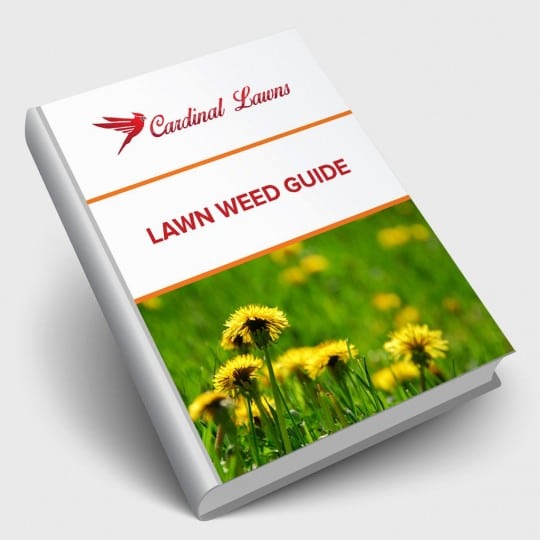Lawn Care: How to Control Summer Weeds
Identifying, Treating & Preventing Weeds this Season
Posted
June 8, 2017

Summer may be the season for vacations, but not for weeds! While maintaining a healthy lawn is your best defense against weeds, it’s not easy in the dry summer months. There are still ways to help control summer weeds from taking over so you can enjoy your backyard BBQs.
What are Summer Weeds
It may be easy to distinguish weeds from plants in your garden, especially if there’s something you know you didn’t plant springing from the soil. Two of the major weed groups can be categorized as grassy weeds and broadleaf weeds. Grassy weeds are harder to control because they look just like grass. Once you notice the large, smooth strands of crabgrass it’s too late to stop it from germinating, but not too late to treat. Broadleaf weeds—dandelion, ground ivy, and white clover—are easier to identify and control.
How to Control Summer Weeds
1. Herbicides. If you missed the pre-emergent window—before the weed germinates—a grassy weed can still be controlled with selective post-emergent herbicides that you can get online or in your local lawn and garden center. Crabgrass control is more effective on younger weeds and in the summer heat. There are liquid spot treatments that help target certain weeds in your lawn or garden. There are also granules you can use across a larger area. Always read and follow the directions when applying a chemical herbicide to any area. Also, be sure the product you get will kill the weed you want and not the rest of your lawn.
2. Hand weeding. When pulling grassy or broadleaf weeds out of the ground, try to get a good grasp on the whole plant. If you just pull the top off, it’s more likely to grow back. If you can manage to pull the root out, it’s less likely you’ll see it again. Once you pull the weed, try to maintain a healthy growing environment for the plants you want to survive in that spot.
3. Conditions. Some weeds will indicate the poor growing conditions and help you control the situation from there. For example, clovers can grow in low nitrogen soil, which means the area could use fertilization. Ground ivy grows well in the shade, so when more light is brought into the area, this weed will be reduced.
4. Weed and Feed. There are products that help you keep weeds at bay while feeding the good grass. Proper fertilization will also guard against more weeds popping up. Use these weed and feed products in June and July to help create the best growing environment.
How to Prevent Summer Weeds
While all plants need the right air, water, light, nutrients, space, and temperature to grow, these elements are not always in optimal supply during the hot summer months. Doing what you can to maintain a proper plant environment is the best defense against weeds. If you put extra effort in creating a healthy lawn from the beginning, you’ll have less weeds to worry about.

Download Your FREE Lawn Weed Guide
Before weeds take over your yard this season, learn to identify and prevent them in the first place. Keep your lawn looking great all year!